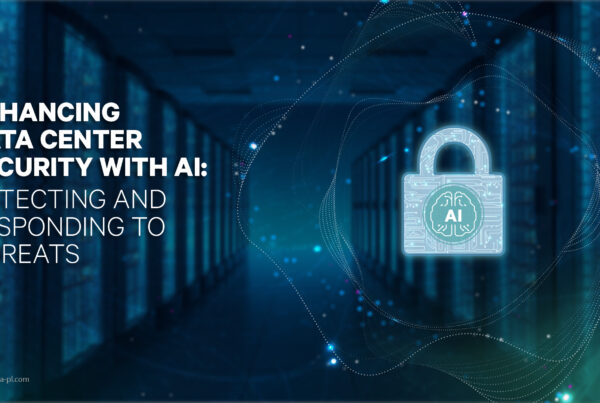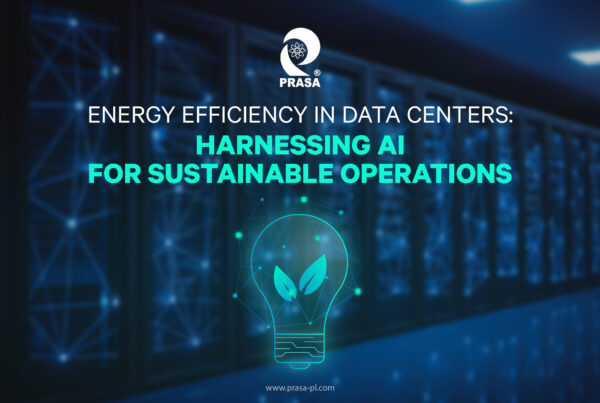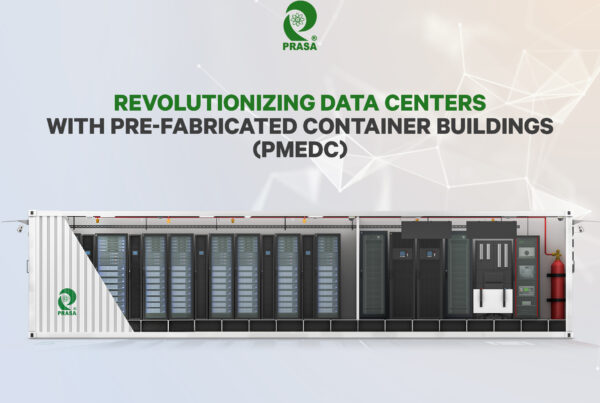Technological advancements like IoT and AI are generating more data than ever before, and the more the data is generated, the more processing devices and their speed will be needed. This requires the organizations to create an edge to their server and process data and services as close to the server as possible. Thus, the need of the hour for the conventional data center is to evolve and develop to accommodate the changing technology.
A recent research report by Gartner states, ”The edge will eat the cloud” and that, “the architecture of IT will flip upside down, as data and content move from centralized cloud and data centers to the edge, pulling compute and storage with it.” It is creating a need for conventional data centers to broaden its wings with multiple small data centers.
So what exactly is the Edge? Edge computing is the processing of data near the user. It decentralizes the customary data handling and processes the data near the source of data generation. Data is usually processed by an edge data center alone or by a local IoT-device using an edge data center located nearby as opposed to a centralized data processing warehouse. The evolution in edge computing required mainly with the rising use of IoT-integrated devices. IoT or Internet of things is an array of connected physical objects/devices that are accessible through the internet. These objects can collect and transfer data over a network, and are interlinked to each other, and can be identified by their IP addresses. For instance, your smartwatch interacts with the data on your phone and displays the information on your wrist. This shows how IoT interacts and works without manual interference.
As we weave our life around IoT, it calls for more and more data to be processed and analyzed in real time, by the local device. Gartner projected that the number of IoT devices will hit 50 billion by 2020, up from 20 billion currently. This requirement lays the groundwork for Edge computing.
How Edge Networking will reshape Data Center
Data centers have been the go-to secure solution for all data processing and computing, but as the digital era gives way to the intelligent world of IoT, there is a new need for edge to be added to the centralized data processing core; as IoT requires huge amounts of data to be processed and stored, which in turn needs more data centers at the edge. The future demands an integrated network of micro data centers connected to the centralized server to enhance the user experience and meet the current requirements.
The large conventional data centers need to be accompanied by multiple micro data centers which operate independently and are located near the customer. Edge data centers can be located at the base of cell phone towers, in custom containerized boxes – known as containerized data centers, and even the submerged data center, which can be an example of the edge data center. The traditional computing architecture centralizes the storage and processing in a single data center. Every time the data needs to be retrieved or processed it has to traverse via network bandwidth, from the customer to the central data center. This increases the latency, cost and, bandwidth usage. Edge computing eliminates the transfer of data to and fro and thus, makes the data available quicker, cheaper and safer. Only the final processed and refined data is transferred to the central data center thus reducing internet bandwidth usage.
With technology advancement, the network needs to advance as well. Edge networking makes a place for itself into the growth graph by eliminating cost and latency, and bringing data closer to the user. As early as the last decade the digital world was shifting more and more towards centralized architectures for data processing, but with the advent of IoT that has reversed. Edge computing seems to be displacing the need of cloud with an array of smaller data centers closer to the population centers. The new generation data centers need to be just as secure and efficient as the conventional ones, only smaller and edge-driven.
Conclusion
Currently, the traditional data centers continue to dominate the volumes of data across all technologies (networking, computing, and storage). It will be great to see how they evolve to accommodate the edge computing as the need of the hour. It is evident that the next innovation cycle lies at the edge and not inside the mega data centers. The rise of edge computing to handle the surge in data produced by IoT makes the data centers more relevant and important than ever.





